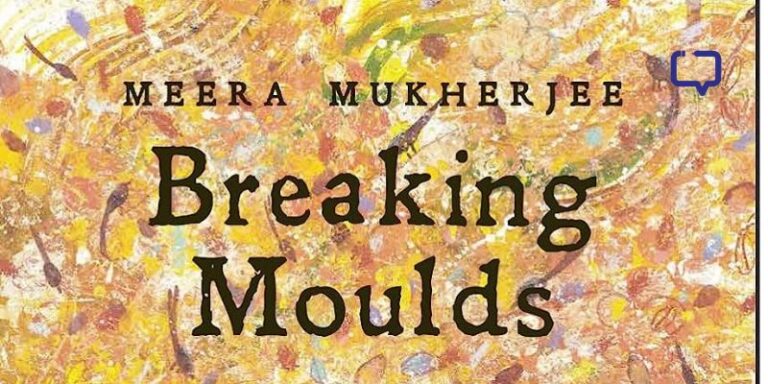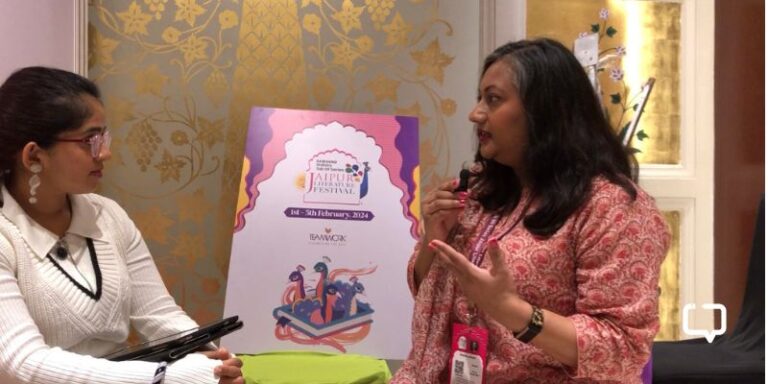Divided into three parts, a respectable woman narrates the psyche of Naga Community of Nagaland during and after 1944 Kohima war. a respectable woman not only talks about the collective consciousness of the Naga community but also tries to weave the cultural history through personal memories of the people. Written by Easterine Kire, and published by Zubaan in 2019, this book consists of 161 pages with some additional information at the end of the book, like Mapping Kohima, the political background, and Naga vocabulary used in the book, to orient the readers about the background of Nagaland.
We encourage you to buy books from a local bookstore. If that is not possible, please use the links on the page and support us. Thank you.
North Eastern literature was not very popular until recently, but now one can witness many voices from the eight states mentioning their cultures, languages, belief systems, rituals, trials and tribulations etc. Hence, North East literature, which collectively includes stories from Assam, Meghalaya, Nagaland, Arunachal Pradesh, Manipur, Mizoram, Tripura, and Sikkim, is beginning to find a voice in mainstream literary and cultural discussions. There are many voices from North East like Anjum Hassan, Mamang Dai, Mitra Phukan, Kishalay Bhattacharjee, Tamsola Ao, Easterine Kire to name a few, who have given voice to the otherwise marginalized communities of the region.
Recreating Nagaland’s Cultural History through Memory
The novel a respectable woman begins with the narration of a daughter about the experience of her mother Khonuo who witnessed the battle of Kohima at the age of 10. Khonuo witnessed the Japanese invasion of Kohima during WWII. The bombardment at that time, the chaos and destruction the common people faced and witnessed, the forced migration to other geographical locations to save their lives, and alienation from their own land carved a deep trauma in the mind of Khonuo. It took her decades before she could discuss the events with her daughter. The narration of the war has been recreated from Khonuo’s memory, and as befits that, comes to us in fragments, partial recollections of important moments, rather than a chronological history. This makes it seem more intimate and more personal. It is the daughter who must stitch the fragments to comprehend these narrative bites.
One can see the intermingling of history and memory in a respectable woman. History is regarded as documentation of past events and is monolithic. Another factor of history is that it also depends on who writes the history, hence there are certain events that come to the forefront and certain others are erased from history as ‘the other’ and never came to the notice of the people. Personal memory or collective memory put a challenge to this type of history writing which serves as a parallel counter-history and instead of a single narration, it includes multiple subjective narrations.
Nagaland: When the past melts into the present
The story begins with a personal recollection of the Kohima war, the invasion of the Japanese army in Kohima, the bombardment, the uprooted people, the migration and the ultimate settlement of the people where the common people try to resettle in the place of course with utter difficulty. It then gradually moves from the past to the present Nagaland, the socio-political context of the place, the challenge of insurgency, the social evils of the place like wayward youths, drinking trends and subjugated women’s conditions are narrated.
Using storytelling traditions so typical of the region, Kire leads the readers gently into a world where history and memory meld – where a young girl tries to understand the legacy of her parents.
Best quotes
“It took my mother, Khonuo exactly forty five years before she could bring herself talk about the war.”
“I think we should find ways of reforming cultural practices so we can ensure justice for those who are truly in need of it.”
Conclusion
This book discusses the history, culture, literature, and socio-political context of Nagaland. It is a must-read for those readers who are inquisitive and explore new ethnic literature.






















